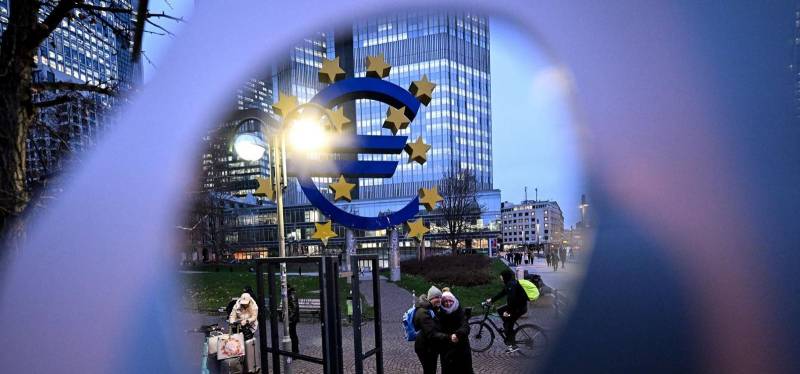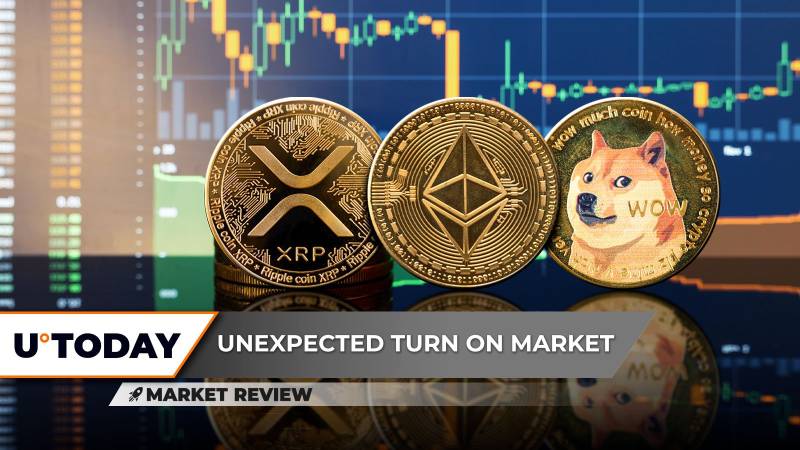 |
|
 |
|
 |
|
 |
|
 |
|
 |
|
 |
|
 |
|
 |
|
 |
|
 |
|
 |
|
 |
|
 |
|
 |
|
Cryptocurrency News Articles
MiCA: Will the EU’s New Crypto Regulation Foster Innovation or Stifle Competition?
Feb 03, 2025 at 08:00 am
Like, hate, or fade it, the EU's Markets in Crypto-Assets (MiCA) regulation is set to redefine Europe's cryptocurrency landscape.

The European Union’s Markets in Crypto-Assets (MiCA) regulation is set to completely change the European cryptocurrency landscape following its initial phase in June, which introduced stablecoin-specific regulations. The full implementation in December will expand these requirements to encompass Crypto Asset Service Providers (CASPs).
MiCA introduces stringent measures, including enhanced authorization processes, detailed token issuance rules, and robust anti-money laundering (AML) protocols.
As these measures roll out, the question arises: will MiCA foster a more secure and transparent market, or will it tip the scales in favor of larger, well-funded firms at the expense of smaller, innovative players?
Comply or Die
For well-prepared CASPs, MiCA isn’t just a regulatory hurdle: it’s a strategic opportunity. Companies such as Circle, issuer of USD Coin (USDC), have exemplified this by obtaining an e-money license in France, ensuring early compliance with MiCA’s demands.
Moves like this don’t just meet legal requirements; they also enhance credibility with regulators, investors, and users.
In the post-MiCA environment, compliance fosters trust, positioning early movers to dominate the regulated market. Larger, proactive firms will likely become preferred partners for institutional investors and enterprises wary of reputational risks in an increasingly scrutinized sector. The message is clear: in the new European crypto landscape, compliance is not just a cost of doing business: it’s a foundation for market leadership. But it’s relatively easy for big players to bite the bullet and comply. What about smaller upstarts who may lack the resources to appease the EU’s stringent regulators?
Arthur Breitman, Co-Founder of Tezos, believes that “MiCA offers a registration regime for crypto asset issuers, which is disclosure based and therefore, could improve market transparency. The basic regime appears to be manageable for entrepreneurs and start-ups.”
Regarding more complex token issuers, such as stablecoin projects, Breitman adds that they “Will face a tougher regulatory burden,” explaining that overall, “The regulation of service providers such as crypto asset custodians, brokers, and exchanges will require compliance with a regime that is leaning towards TradFi standards.”
A Mountain for Smaller CASPs to Climb
For smaller CASPs, MiCA presents a more complex picture. Legal and compliance costs are a significant hurdle, requiring resources to hire compliance officers or external consultants to navigate the new framework. These firms often lack the financial capacity to absorb these expenses without compromising on other aspects of their business.
In addition, meeting the technical infrastructure requirements to align with MiCA standards requires substantial capital investment. This includes implementing robust systems for data security, transaction monitoring, and regulatory reporting.
The result of these challenges is likely to be problematic for smaller players. Some firms may find compliance costs unsustainable, leading them to exit the EU market entirely. Others may turn to mergers and acquisitions, seeking the cold embrace of larger, compliant firms as an exit strategy. Alternatively, some companies may relocate to jurisdictions with more lenient regulations, avoiding MiCA’s strict requirements but losing access to the lucrative European market.
Barbara Ippolito, Money Laundering Reporting Officer at Venga, comments, “It’s undeniable that compliance with MiCA demands significant resources - a cost that big players can absorb more easily. Yet, for smaller, innovative companies, this dual challenge can also serve as a catalyst for opportunity. History has shown that innovation often flourishes under pressure, and smaller firms can leverage their agility and focus to find creative solutions that align with regulatory expectations, while securing strategic advantages.”
Ippolito adds “Our approach is simple. Compliance isn’t a burden, it’s a foundation. By embedding regulatory adherence into our operational DNA, we’re not only meeting standards but also building trust with users and partners. This trust is the cornerstone of long-term success in an increasingly regulated crypto landscape.”
New dynamics could streamline the market, but may also stifle innovation and reduce competition, which risks impairing the crypto sector’s growth. Without smaller players to challenge the status quo, the industry could lose its experimental edge. Algorithmic stablecoins are already a strict no-no in Europe thanks to MiCA – which isn’t such a bad thing given the fate of the first wave of algo stables.
But without the freedom to move fast and break stuff – to boldly create new crypto-economic models that may crash and burn but may also inspire the next wave of transformative tech – MiCA risks sending startups scurrying to friendlier shores. Likely Asia or perhaps back to the U.S. under its incoming crypto-friendly administration.
Disclaimer:info@kdj.com
The information provided is not trading advice. kdj.com does not assume any responsibility for any investments made based on the information provided in this article. Cryptocurrencies are highly volatile and it is highly recommended that you invest with caution after thorough research!
If you believe that the content used on this website infringes your copyright, please contact us immediately (info@kdj.com) and we will delete it promptly.





























































